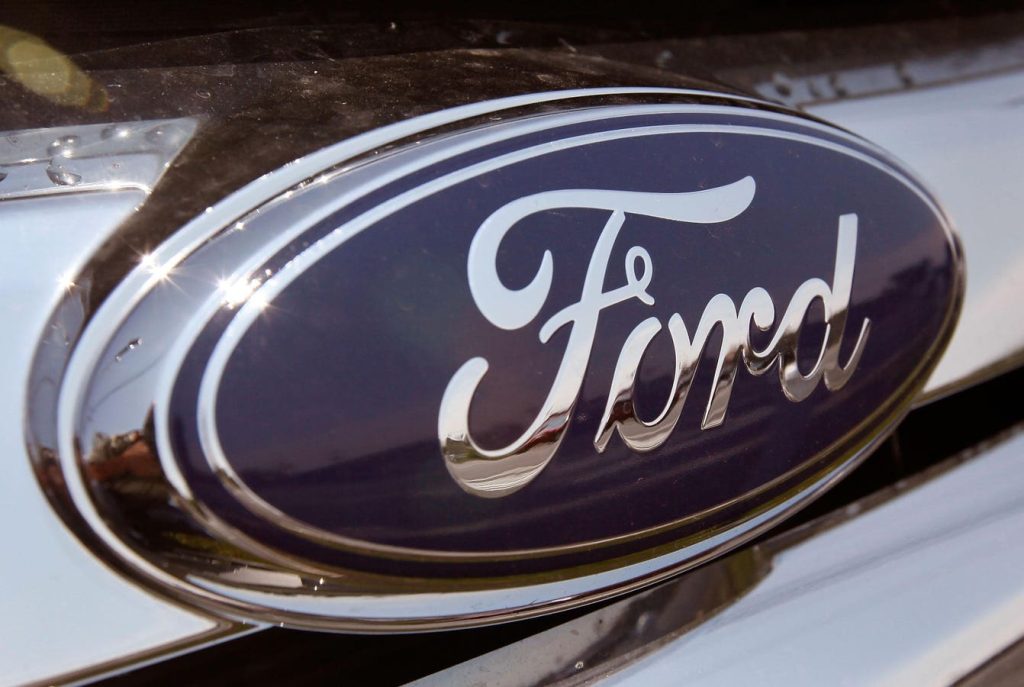Ford Motor Co. said Friday it intends to have a new chief financial officer in early 2025.
The automaker’s current CFO, John Lawler, is adding the additional title of vice chair “to help lead on future strategy choices,” the Dearborn, Michigan-based company said in an announcement today.
At the same time, Ford is hiring Sherry House as vice president-finance. She will succeed Lawler as CFO in early 2025. House had been CFO at electric vehicle-maker Lucid Motors.
Before House becomes CFO she “will oversee financial planning and analysis as well as the finance organizations for the company’s automotive businesses: Ford Blue, Ford Pro and Ford Model e,” Ford Motor said in the announcement.
The finance chief post has been a major one at Ford for almost 80 years. As a result, Friday’s announcement bears watching.
J. Edward Lundy (1915-2007) was one of the “Whiz Kids” brought into Ford after World War II. Henry Ford II wanted more professional managers. During the war, the Whiz Kids were U.S. military officers who had coordinated logistics during the war.
The most famous of the Whiz Kids was Robert McNamara, who eventually rose to being president of Ford before President John F. Kennedy named him secretary of defense. McNamara supervised the Vietnam War and had a controversial record doing so.
Lundy, however, may have had the most influence on Ford Motor, simply by longevity. He held various financial posts, including CFO, before retiring in 1979.
Over the decades, the finance staff wielded enormous power at the company. “The discipline of numbers had become the new center of power at Ford, a super corporate training ground,” according to “The Whiz Kids,” a 1993 book by John A. Byrne. The finance staff went beyond bean counting to long-term planning and other functions, Byrne wrote.
Long after Lundy’s departure, finance executives had a major impact on the company. In the 2000s, then-CFO Don Leclair devised a plan where Ford put up almost of its assets – right down to the Ford Blue Oval logo – as collateral for borrowings in 2006 amid financial difficulties.
Those borrowings enabled Ford to avoid the government-back bankruptcies of General Motors and Chrysler a few years later. CEO Alan Mulally, hired from Boeing Co. in 2006, got the lion’s share of the credit. Leclair’s plan was well underway when Mulally got the CEO job. Mulally took the lead in selling the plan to Wall Street.
In the 2020s, Ford is grappling with a transition to electric vehicles while relying on profits from traditional internal-combustion trucks. House is moving into one of the most prominent financial jobs in the auto industry.
Read the full article here









